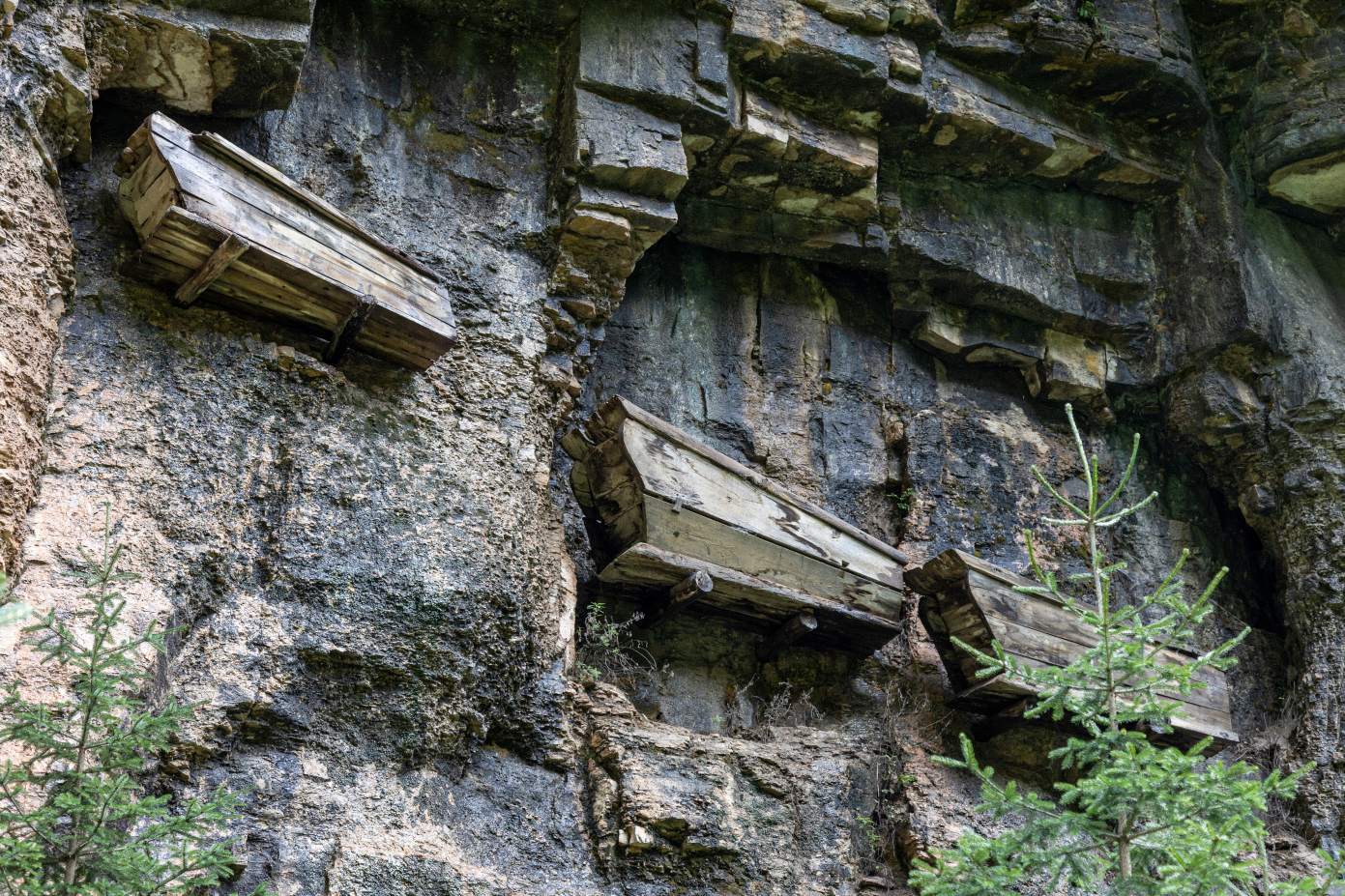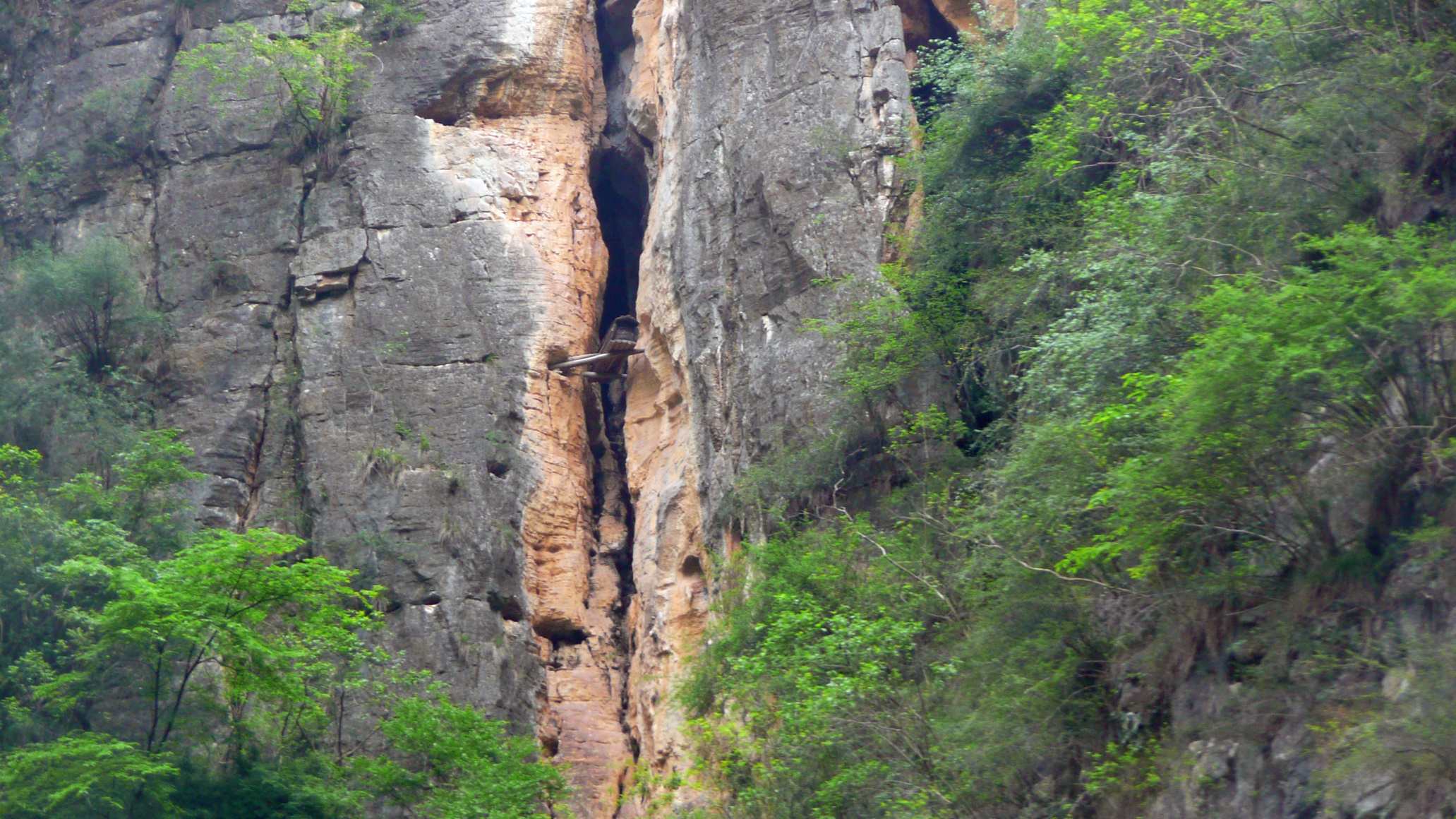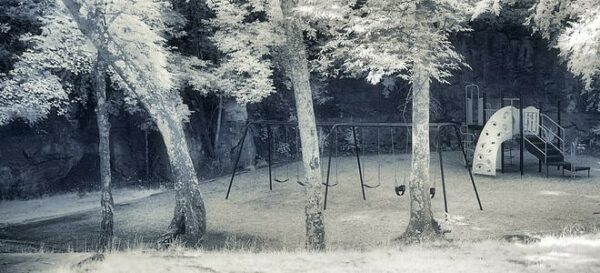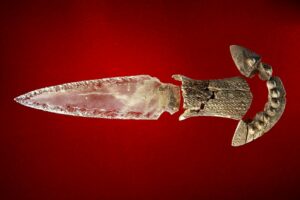Throughout the course of our extensive history, humans have devised incredibly imaginative methods for burying our deceased loved ones and constructing intricate burial sites. However, among the multitude of funeral customs explored by researchers, the most captivating one is undeniably the practice of the ‘Hanging Coffins’ observed in Asia.

Found mainly in southwestern China, but also in the Philippines and Indonesia, these burials are coffins that literally seem to be hanging in the air off the side of a cliff, often in a gorge with a river running through it. Some of these coffins have been hanging for several thousand years, so who put them there and how did they do it?
In China, the coffins were believed to be made by the mysterious Bo People, an ancient extinct people who used to live on the borders of China’s Sichuan and Yunnan provinces, because their culture appeared around the same time as the coffins.
The oldest evidence of hanging coffins in China comes from ancient records of the practice in the Fujian province dating back more than 3000 years. From there, the practice spread to other southern regions of China, primarily in the Hubei, Sichuan, and Yunnan provinces.
There are various theories as to why the Bo chose to place their dead away from the main living areas, high along the sheer faces of cliffsides facing the water. They all relate to the spiritual beliefs of the ancient people.
Respecting and honoring family members, known as filial piety, has always been deeply ingrained in Asian cultures. There is a long-standing tradition of honoring ancestors that dates back thousands of years. In the past, many Chinese individuals would keep the remains of their deceased loved ones within close proximity to the family, enabling them to easily tend to their needs and pay respects. By doing so, they believed they were also caring for the spirits of the departed. This practice aimed to keep the spirits content and prevent them from returning to haunt the living.
Conversely, the Bo people had a unique approach. They would place their deceased relatives in hard-to-reach locations. Some experts speculate that the higher the placement, the greater the respect and duty demonstrated, which pleased the departed greatly. By making their ancestors’ spirits exceedingly happy, the living believed they would receive blessings bestowed upon them by these spirits.
Ancient people believed that supernatural beings resided within natural elements, such as rocks, mountains, and water. It was also commonly believed that mountaintops and elevated areas had special significance and were considered to be closer to the heavens. Guo Jing, from the Yunnan Provincial Museum, theorizes that the cliffs held special meaning for the Bo people, possibly acting as a pathway to the celestial realm, while their coffins were viewed as a connection to the afterlife.
Another theory proposes that the Bo people chose cliff precipices as burial sites for a practical reason, influenced by their belief in an afterlife. They believed that the bodies of their deceased loved ones needed to be protected from disturbance and decay to ensure their immortality in the next life. Thus, it was crucial to place the dead away from animals and people who could potentially harm or steal from their coffins.
The hanging coffins and cliff tombs provided a well-ventilated, dry, and shaded environment, which significantly slowed down the decomposition process. In contrast, burying bodies in the ground with its moisture and organisms would lead to much more rapid decay.
The coffins are found in three different positions on the cliffs: attached to wooden beams that stick out from the vertical rock walls, placed inside natural caves or crevices, and resting on rocky ledges along the wall. These coffins are situated at varying heights, ranging from approximately 30 feet to over 400 feet above the ground. Combined, the weight of the corpse and coffin can easily reach several hundred pounds. Therefore, the method by which the coffins were transported to such challenging locations and heights has sparked debates for many years.

Subsequently, the practice and the people both disappeared from records toward the end of the Ming Dynasty. The culture emerged and faded rather swiftly once the Bo people vanished about 400 years ago. There are some indications that the Ming slaughtered the Bo. However, exactly where the Bo came from and what happened to them are still being discussed today.
Many easily accessible coffins have been looted and disturbed. However, there are still numerous coffins hidden, untouched, in caves and gaps, rumored to hold substantial wealth. Fortunately, for those laid to rest in coffins located in hard-to-reach and perilous spots, they rest in peace.




